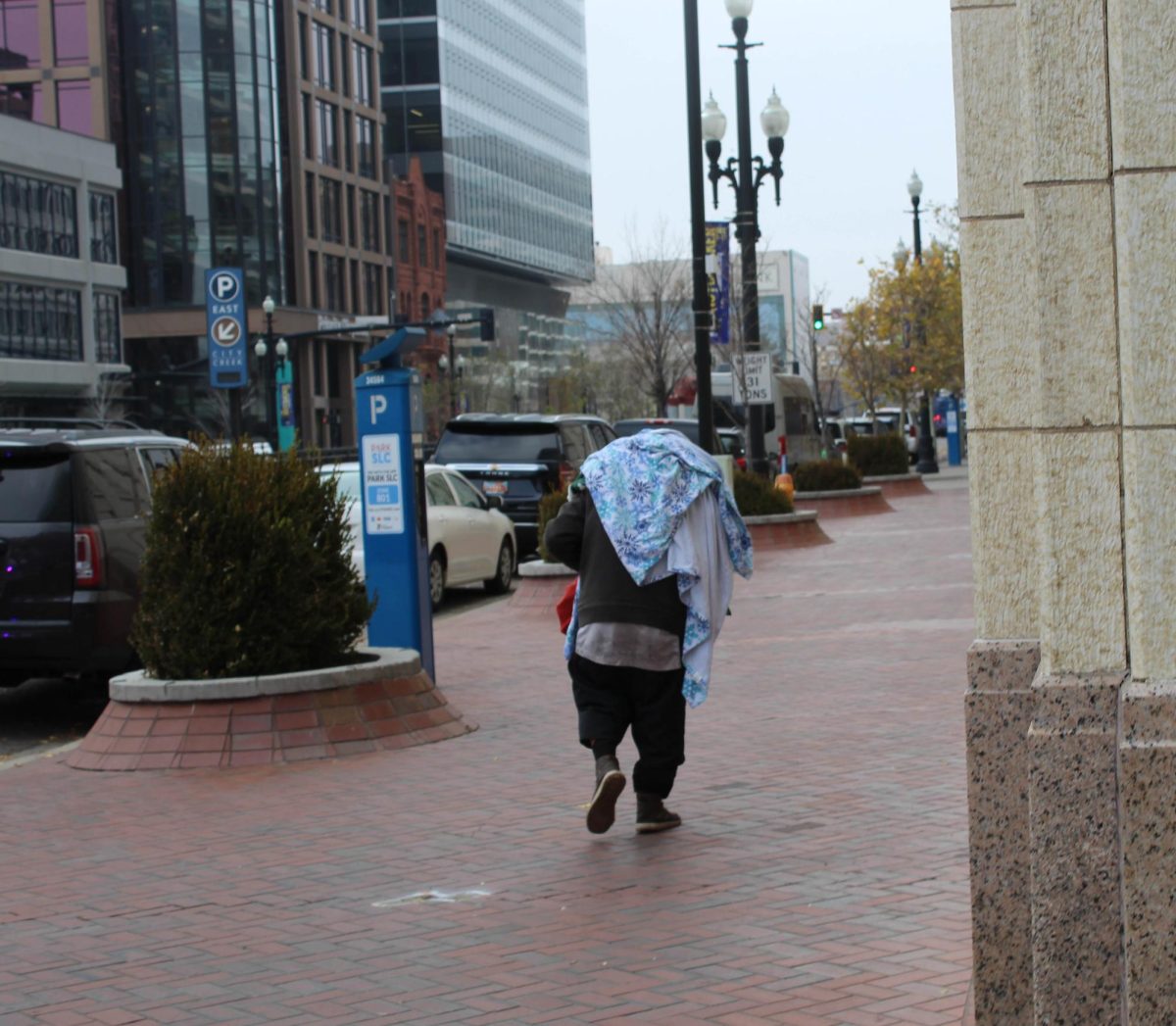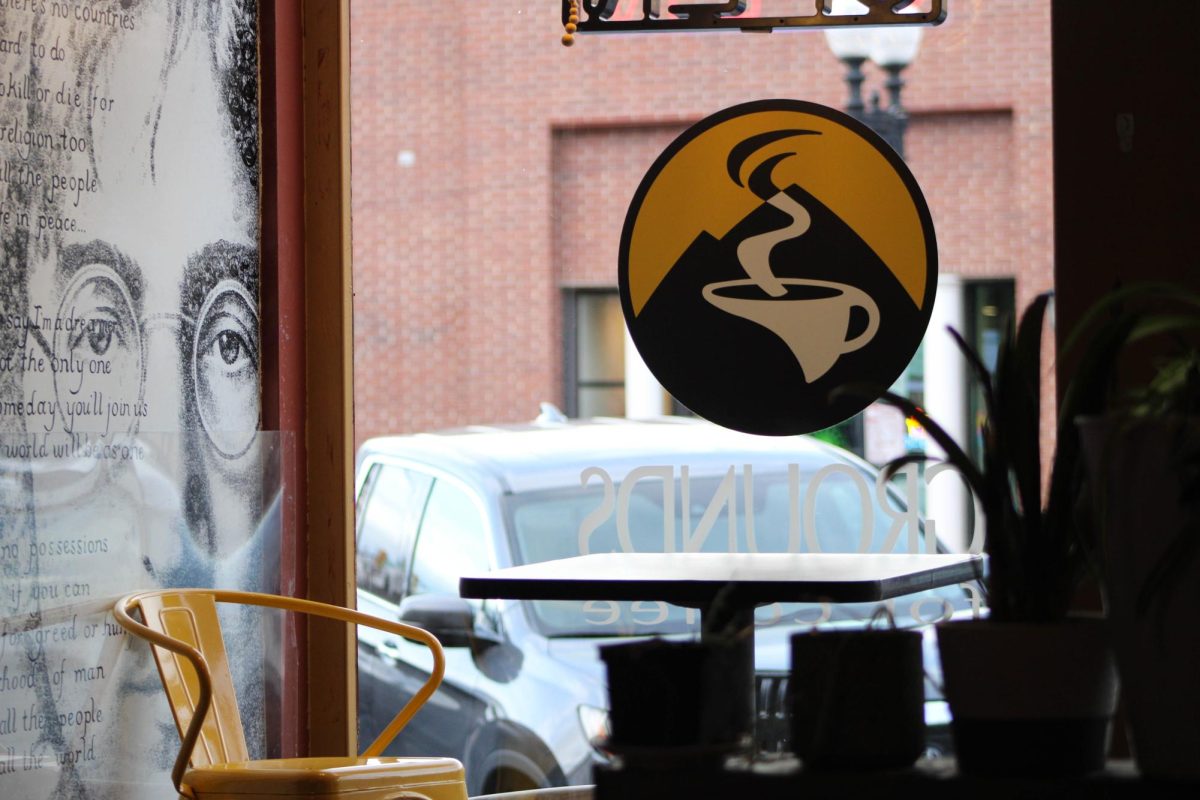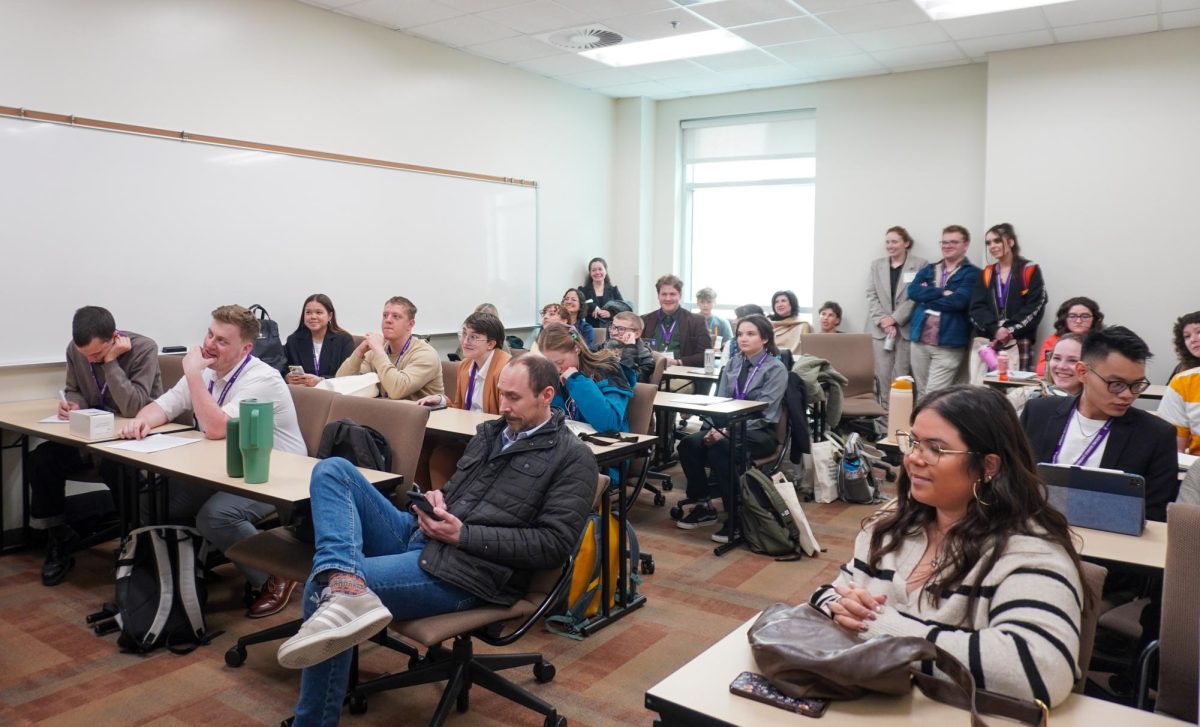
Ryan Crabtree is a Weber State University alumnus using his skills learned at WSU to prosper in business.
Crabtree, who studied finance and was a member of the Entrepreneurship Club, started a campaign on the crowdsourcing website Kickstarter.com. His goal was to raise $10,000, and in one month, he raised more than $300,000.
Kickstarter is a site for entrepreneurs with ideas. Individuals create campaigns highlighting their inventions, ideas or goals, and site visitors can donate money toward the cause.
“I was intrigued with the idea,” Crabtree said. “It was the perfect college student startup opportunity.”
Crabtree said he studied Kickstarter over and over again, watching the most funded and most popular pages, trying to figure out why they were there. Through his research, he noticed wallets were always reaching their goal.
Crabtree borrowed his wife’s sewing machine and went to work. After a few prototypes, he came up with the Crabby Wallet, a thin wallet designed to hold cards, cash, keys and even cell phones.
“I made prototypes myself,” he said.
Crabtree said so much success hasn’t come easy. “I am going through a learning curve finding out what it takes.”
Within a few months, Crabtree formed a small company. He presented to a small crowd at the Wildcat Tech Expo at the WSU Ogden campus last week.
Stephen Gordon, a sophomore studying business, attended Crabtree’s presentation.
“I thought the presentation was great,” Gordon said. “Ryan did a great job informing us on what Kickstarter.com was and how he used it to push his entrepreneurship dream.”
Gordon said he knows many of his professors personally and believes they know what they are doing and that they are doing a great job at preparing students for opportunities such as Crabtree’s.
Crabtree found all of his business contacts and learned about all the things he had to do to launch his product through friends and their friends and acquaintances. “Just start talking and start asking.”
Crabtree presented to the audience what he believes are the three key points in a successful Kickstarter campaign. He said to focus on the video, the price point and the pledge tiers.
Crabtree filmed his project video in a homemade studio using his computer, iPhone and homemade lighting equipment.
“The video has got to be short,” he said. “You need to have something memorable in there so that people will want to share it, and you’ve got to show your product being used. Keep the video less than two minutes. It keeps your audience’s attentions.”
He emphasized getting people from the video to the pledge. “People hardly read your text, but they scroll straight down to your images.” Within five minutes of posting the video, people were actually making pledges, Crabtree said. “The movie really sells your product. You really need to go through and see what other people have done . . . what are their expectations?”
After research, Crabtree knew he could charge less than the other products and still make a good profit, so he lowered his price point.
“Kickstarter is all about getting people involved, and they have a say in what you do,” Crabtree said. “It is like a social site, and you need to tell your story to get them to know you. People either want your product or they are really passionate about what you are doing.”
Gordon said Crabtree’s experiences had an impact on him.
“I thought about entrepreneurship all day after the keynote by Ryan,” he said. “It was cool to see how the things that Ryan learned at WSU turned into money.”



















